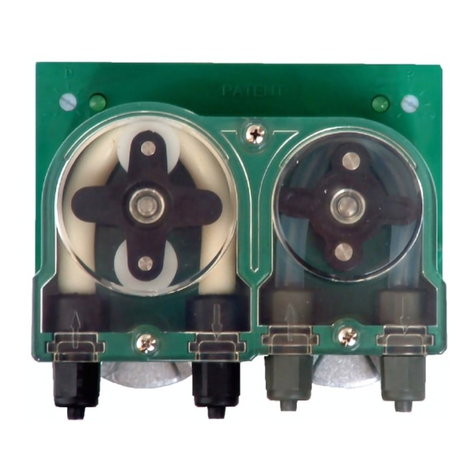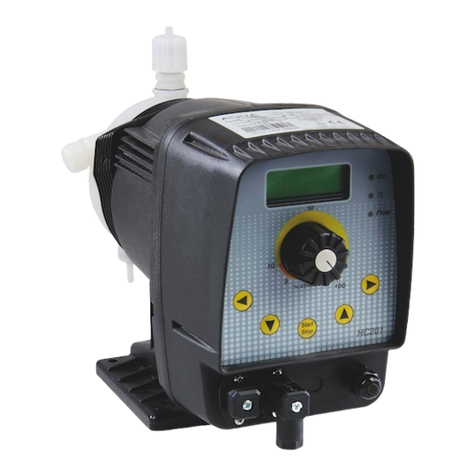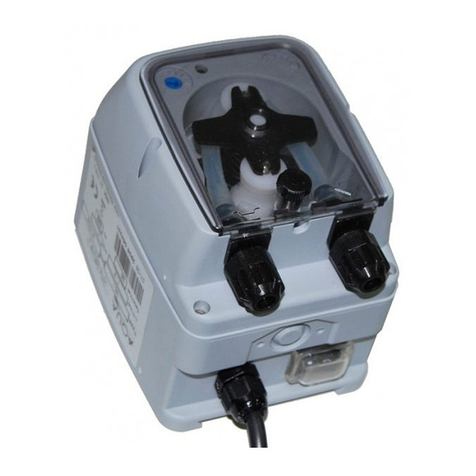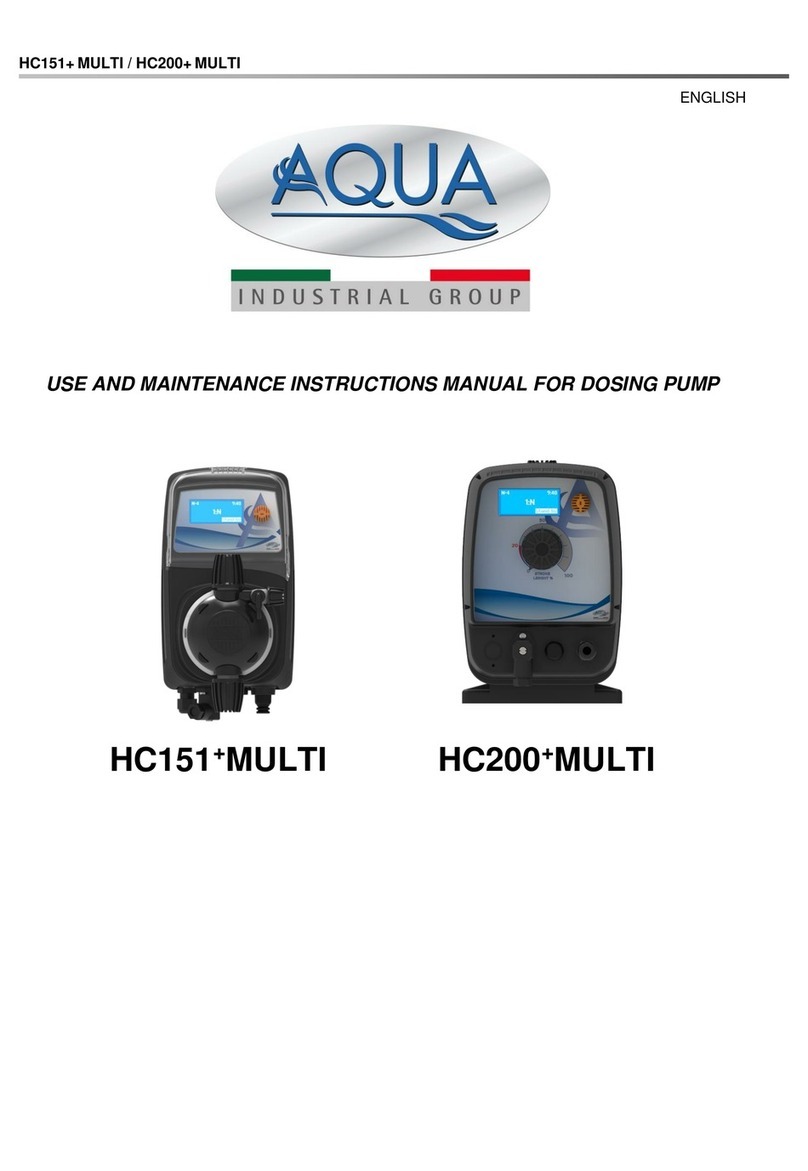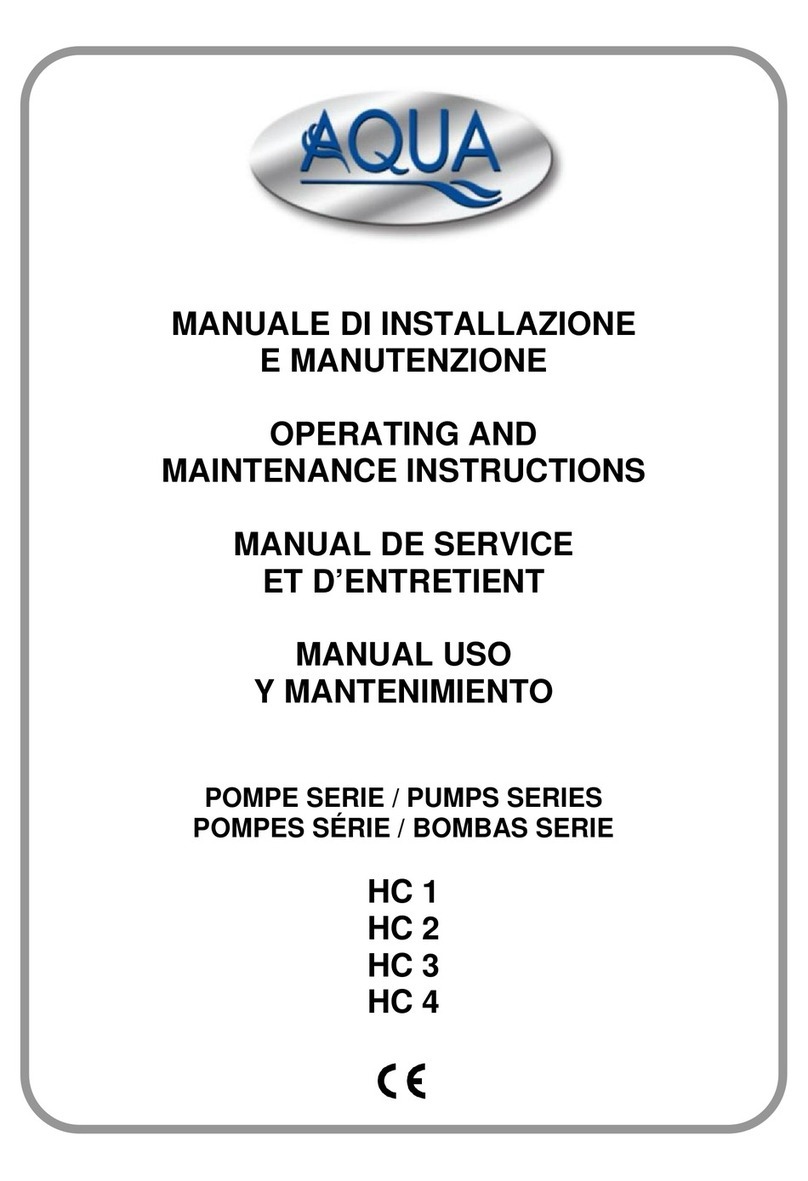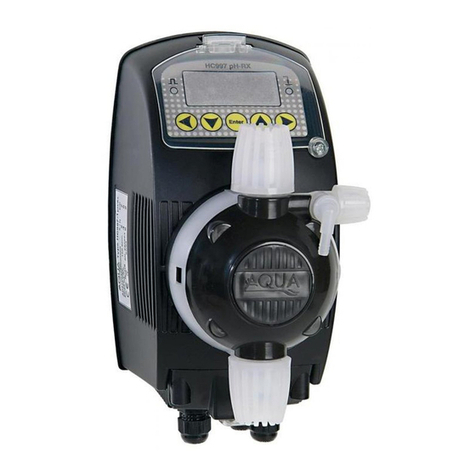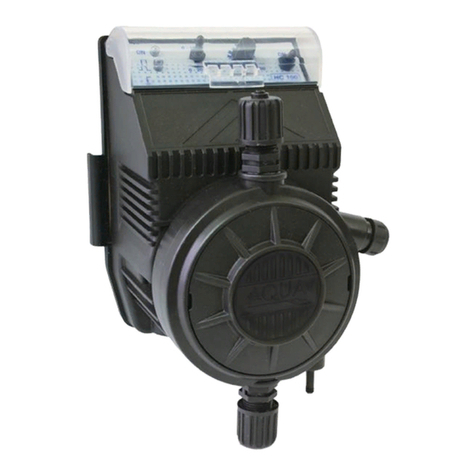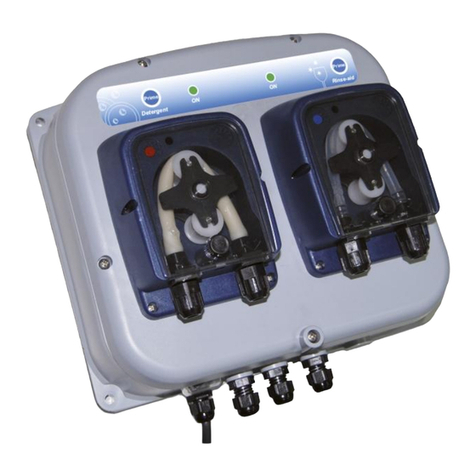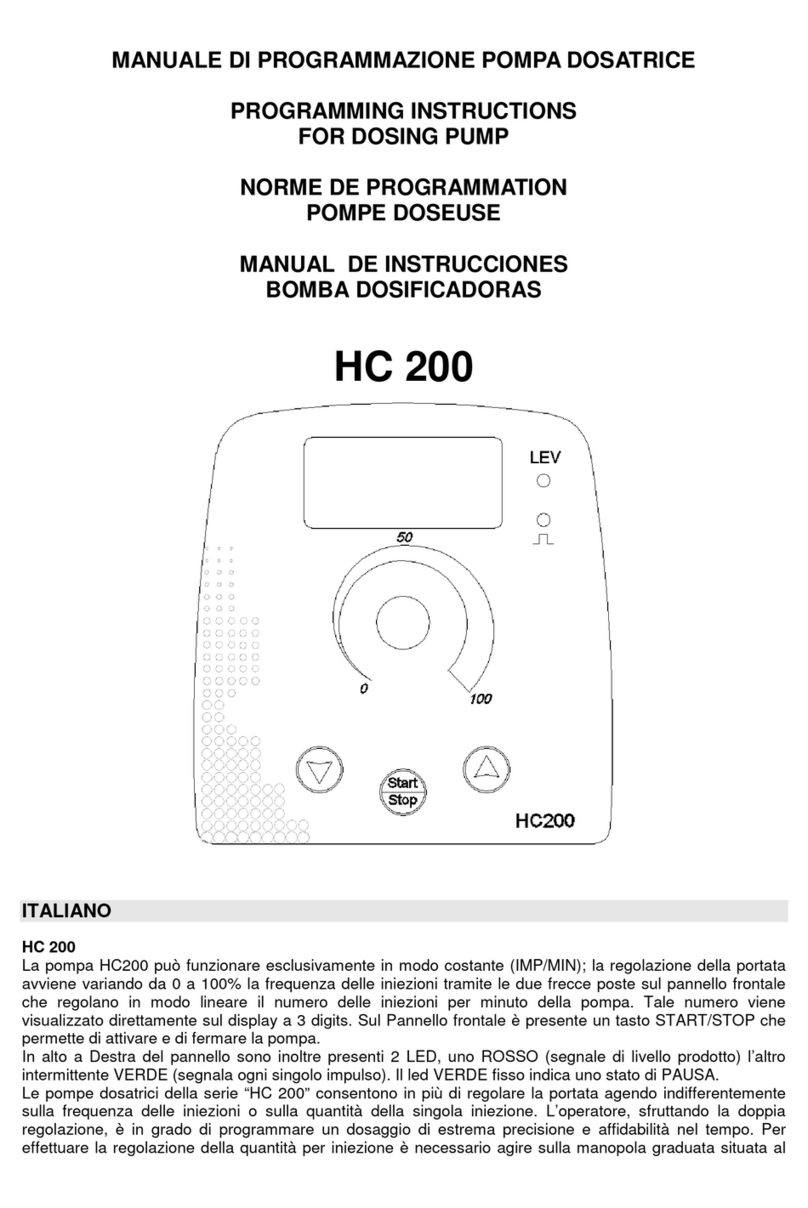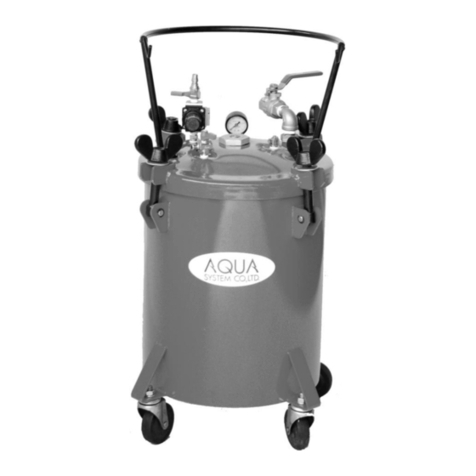HC151+ pH(Rx)-Cl(J) / HC200+ pH(Rx)
ENGLISH
INDEX
1. GENERAL RULES..................................................................................................................................... 4
1.1 INSTALLATION STANDARDS ........................................................................................................... 4
2. OPERATION .............................................................................................................................................. 5
2.1 OVERALL DIMENSIONS.................................................................................................................... 5
2.2 TECHNICAL FEATURES.................................................................................................................... 5
2.3 HYDRAULIC FEATURES ................................................................................................................... 6
2.4 PERFORMANCE GRAPHS................................................................................................................ 7
2.5 CONTENT OF THE PACKAGE (Standard version) ........................................................................... 7
3. HC151+pH(Rx)-Cl(J) / HC200+pH(Rx) .................................................................................................... 8
3.1 HC151+/HC200+PUMP CONTROLS................................................................................................. 8
3.2 HOW TO NAVIGATE THROUGH THE MENUS................................................................................. 9
3.3 FIRST PUMP INITIALIZATION......................................................................................................... 10
3.4 GETTING STARTED......................................................................................................................... 11
3.4.1 Priming....................................................................................................................................... 11
3.4.2 Pump calibration ........................................................................................................................ 12
3.5 PUMP SETUP................................................................................................................................... 13
3.5.1 SETPOINT menu....................................................................................................................... 13
3.5.2 CALIBRATION menu................................................................................................................. 15
3.6 CORRELATION BETWEEN FREE CHLORINE, pH e REDOX ....................................................... 18
3.7 SETTINGS ........................................................................................................................................ 19
3.7.1 General e Security ..................................................................................................................... 19
3.7.2 General > Proximity sensor ....................................................................................................... 20
3.7.3 Generals > Temperature probe ................................................................................................. 21
3.7.4 Generals > Measure startup delay............................................................................................. 22
3.7.5 General > Energy saving ........................................................................................................... 22
3.7.6 Security > Password.................................................................................................................. 23
3.7.7 Security > Level Input Polarity ................................................................................................... 23
3.7.8 Security > Low Level Delay ....................................................................................................... 24
3.7.9 Security > Over Feed Alarm (OFA)............................................................................................ 24
3.7.10 Security > Factory Settings restore............................................................................................ 25
3.8 STATISTICS...................................................................................................................................... 26
4. DOSING PUMPS INSTALLATION RULES............................................................................................. 27
5. ELECTRICAL CONNECTIONS............................................................................................................... 28
5.1 HC151+ PImA model pump .............................................................................................................. 28
6. TROUBLESHOOTING............................................................................................................................. 29
6.1 PROBLEM –CAUSE –SOLUTION.................................................................................................. 29
7. MAINTENANCE....................................................................................................................................... 29
8. WARRANTY............................................................................................................................................. 29
EXPLODED VIEWS ........................................................................................................................................ 30



















